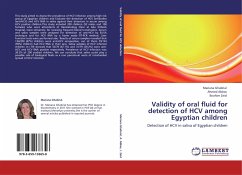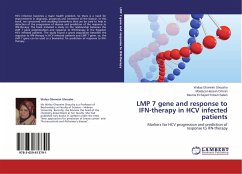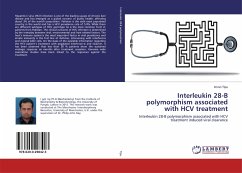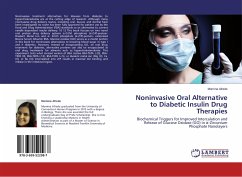This study aimed to Assess the prevalence of HCV infection among high risk group of Egyptian children and Evaluate the detection of HCV antibodies (anti-HCV) and HCV RNA in saliva against their detection in serum among HCV positive children.This study included 200 children (92 males and 108 females) who were attendants of Haematology Clinic at Abu El-Reish Hospital, Cairo University, for receiving frequent blood transfusions. Serum and saliva samples were analyzed for detection of anti-HCV by ELISA technique and for HCV RNA by a home made RT-PCR method. Liver function tests were performed also. Results of serum samples revealed that 134/200 (67%) children were anti-HCV seropositive, out of them 79/134 (59%) children had HCV RNA in their sera. Saliva samples of HCV infected children (n=79) showed that 53/79 (67.1%) and 31/79 (39.2%) were anti-HCV and HCV RNA positive respectively. Prevalence of HCV infection was 39.5% of 200 studied children. We can conclude that saliva could playa possible role of biological fluids as a non parenteral route of intrafamilial spread of HCV infection
Bitte wählen Sie Ihr Anliegen aus.
Rechnungen
Retourenschein anfordern
Bestellstatus
Storno








